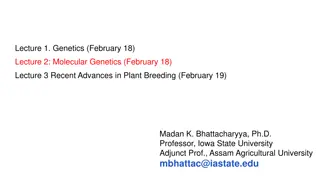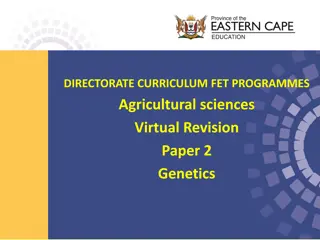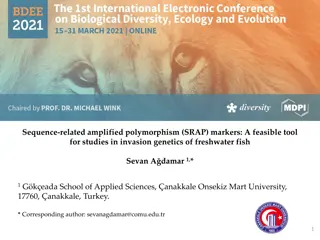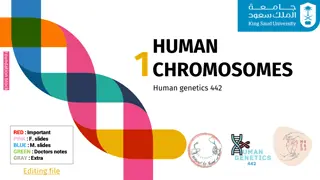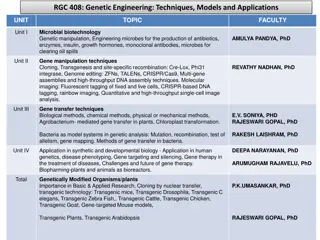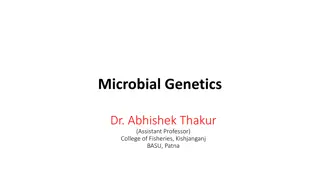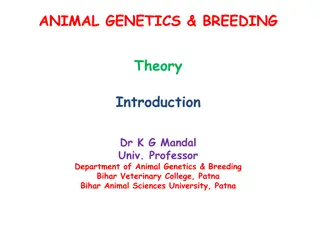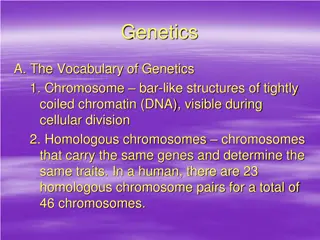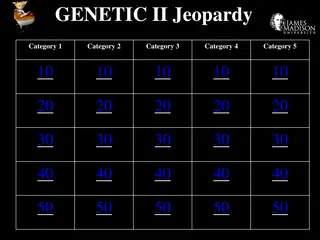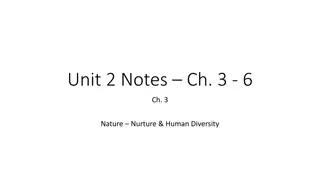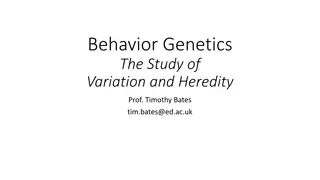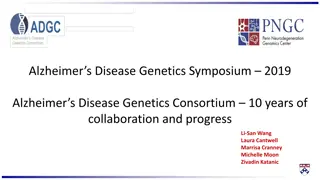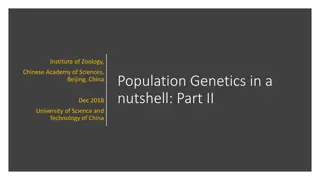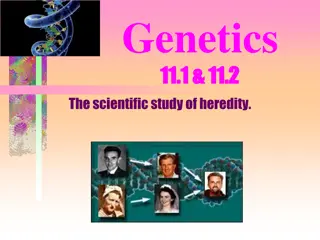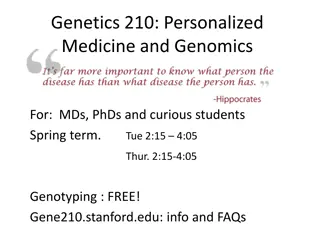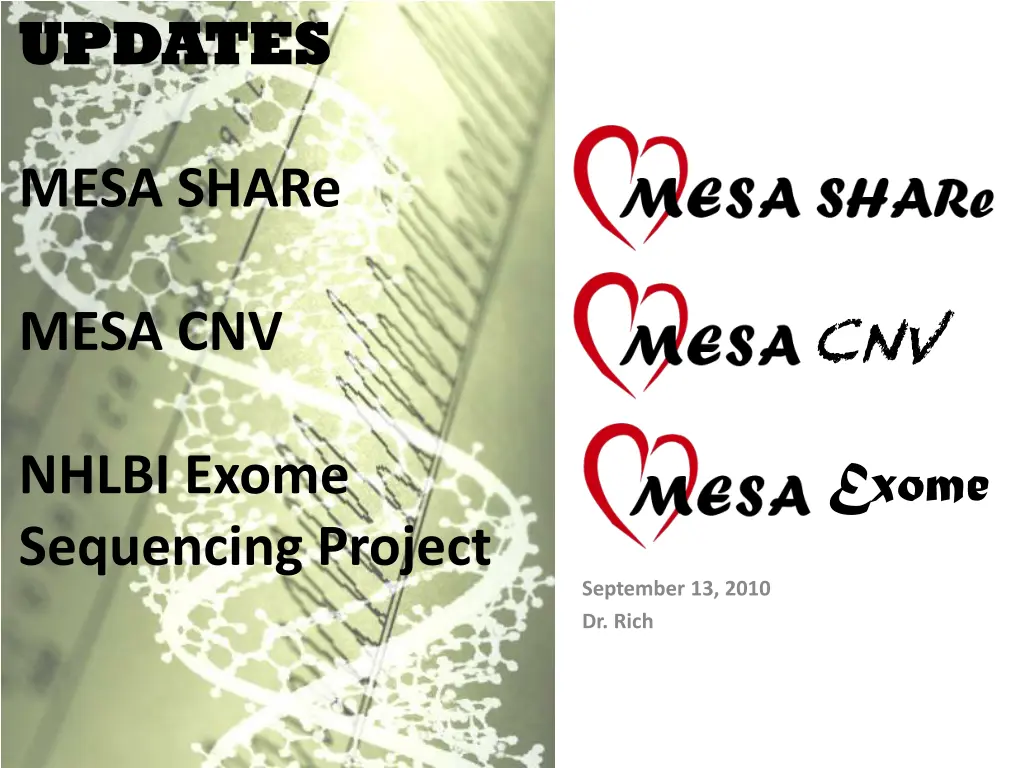
Genetic Research Progress Updates in MESA Project
Stay updated on the latest progress in the MESA project, including genome-wide SNP genotyping, imputation data distribution, and the examination of structural variants' role in atherosclerosis risk. Engage with MESA participants in genetics studies and track the collaborative efforts across various research groups.
Download Presentation

Please find below an Image/Link to download the presentation.
The content on the website is provided AS IS for your information and personal use only. It may not be sold, licensed, or shared on other websites without obtaining consent from the author. If you encounter any issues during the download, it is possible that the publisher has removed the file from their server.
You are allowed to download the files provided on this website for personal or commercial use, subject to the condition that they are used lawfully. All files are the property of their respective owners.
The content on the website is provided AS IS for your information and personal use only. It may not be sold, licensed, or shared on other websites without obtaining consent from the author.
E N D
Presentation Transcript
UPDATES UPDATES MESA SHARe CNV MESA CNV NHLBI Exome Sequencing Project Exome September 13, 2010 Dr. Rich
MESA SNP Health Association Resource (SHARe) Progress Report Extends genome wide SNP genotyping to non-AFA MESA Classic, MESA Family, and MESA Air New Recruits using Affymetrix Genome-Wide Human SNP Array 6.0 (1M SNPs plus CNVs) 8402 participants consented to genotyping, 8298 passed QC filters and have genotype and phenotype data available on dbGaP CARe AFA GWA data are merged into the MESA-SHARe database
MESA SNP Health Association Resource (SHARe) Progress Report Imputation data for all four ethnicities distributed by CC and UVA July 2010 using HapMap 1&2. Second generation dataset using HapMap 3 and 1000 Genomes expected September 2010. Participant newsletter designed to engage and educate MESA participants in relevant genetics studies will be sent to participant homes Autumn 2010. Since April, 25 publication proposals (including 2 pen drafts) have been submitted from 12 different Phenotype Working Groups, including 3 each from Eye, AF/ECG, and Nutrition, and 7 from BP/Hypertension. MESA SHARe Phenotype Working Groups are collaborating with more than 20 different consortia.
MESA Copy Number Variant (CNV) Progress Report Examines the role of structural variants (insertions, deletions, copy number variants (CNVs), variable number of tandem repeats (VNTRs)) on risk of atherosclerosis and risk factors Structural variants difficult to characterize and genotype, as compared with SNPs (single nucleotide polymorphisms) Designing a custom array to include structural variants (8x60K Agilent array) As structural variants can be de novo or inherited, the most powerful design uses families (to track transmission of CNVs) MESA Family Study (~2100 participants, 595 families) will be used (328 African-American; 267 Hispanic) CNV CNV
MESA CNV Progress Report: Loci To Target Redundancy to remove Clusterable, untagged CNVs N=~1500 N=~1000 MAF>1% Unclusterable, but real CNVs N=~2000 Novel insertion Sequences (Venter) N= ~200 1000 genomes SVs N=~10,000 N=~5,000 not in WTCCC and assayable Filter: CEU, not-tagged Candidate/ interesting loci e.g., VNTR Functional elements in associated intervals N=~9500 N=6800 >50bp N=4500 >100bp 3 probes/element 10 probes/CNV ~10-15K probes ~20K probes ~2K probes ~10K probes ~100 probes ~13-20K probes ~1.4K probes Agilent control probes Array Design CNV CNV ~60,000 probes
MESA CNV Progress Report: 1000 Genomes Structural Variants Discovered SVs SVs with assembled breakpoints Genotyped SVs SVs with genotypes and breakpoints CNV CNV
NHLBI Exome Sequencing Project (ESP) Report: Major Goals: 1) To discover novel genes and mechanisms contributing to heart, lung, and blood disorders by pioneering the application of next- generation sequencing of the human protein coding regions across racially and ethnically diverse, richly-phenotyped populations; 2) To establish robust methods to discover novel disease susceptibility genes by next generation sequencing and analysis of identified rare mutations; 3) To share these datasets, methods, and findings with the scientific community to enhance the diagnosis, management and treatment of heart, lung, and blood disorders Exome Exome 7
NHLBI Exome Sequencing Project Report: Structure of the ESP Three cohort-based groups Heart disease (HeartGO, S Rich) Lung disease (LungGO, M Bamshad) Women s Health Initiative (WHISP, R Jackson) Two sequencing centers Broad Institute (BroadGO, S Gabriel/D Altshuler) University of Washington (SeattleGO, D Nickerson) Two additional GO components CHARGE-S (E Boerwinkle, targeted sequencing) WashUGO (T Graubert, cancer focus, whole genome seq) Exome Exome 8
NHLBI Exome Sequencing Project Report: HeartGO Structure HeartGO Coordination University of Virginia (S Rich, PI) CHS B Psaty R Tracy ARIC CARDIA M Gross A Reiner FHS JHS H Taylor J Wilson MESA J Rotter W Post E Boerwinkle A Morrison L Atwood C O Donnell Requirements: IRB APPROVAL, 5ug DNA, GWAS guidelines HeartGO supports Labs, Coordinating Centers, and Genetic Counseling9 Exome Exome
NHLBI Exome Sequencing Project Report: Events Established with ARRA funding Extremes of cardiovascular and lung phenotypes to be analyzed to enrich for genetic effects Early On-set Disease Mendelianize Traits-Compare extremes of trait distribution Rare, higher penetrant variants Also ischemic stroke (lacunar or atherosclerotic subtypes only) Example of design High FRS no MI Early-onset MI Exome Exome
NHLBI Exome Sequencing Project Report: QTLs LOW LDL HIGH LDL 100 in each tail x 2 ethnic groups MESA contributions BP: 48 stroke: 12 Deeply Phenotyped Reference DPR: 101 LOW BP HIGH BP Exome Exome



